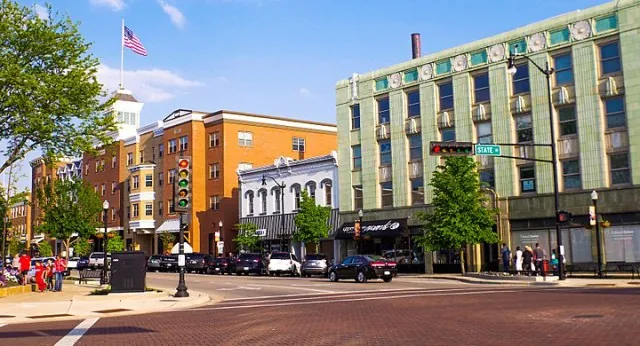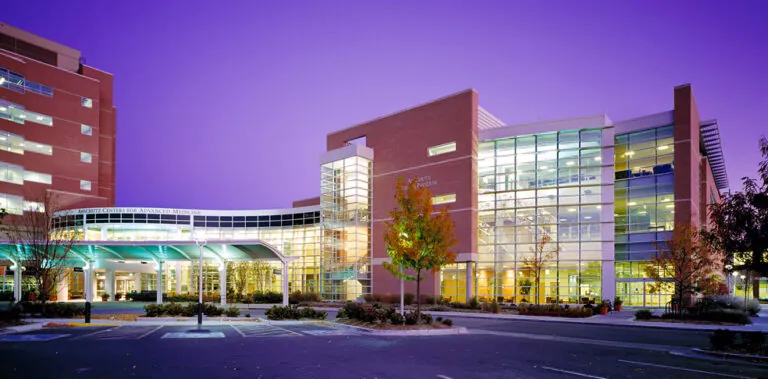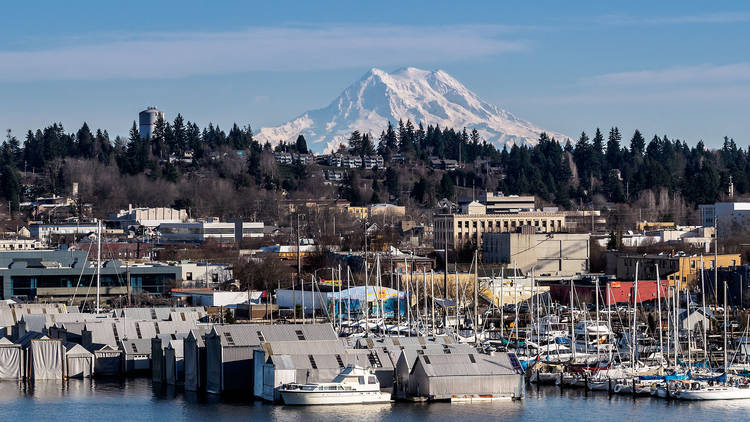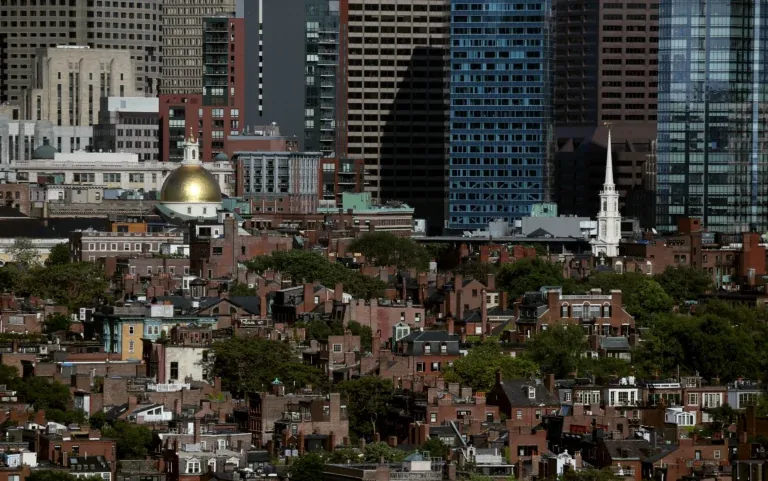This City Has Been Named the Worst City to Live in Wisconsin
Beloit, Wisconsin, a small city nestled along the Rock River near the Illinois border, has been labeled as the worst city to live in the state by several publications. These rankings are based on criteria such as crime rates, poverty levels, unemployment rates, and cost of living. While Beloit faces its fair share of challenges, it’s important to recognize the ongoing efforts to revitalize the city and create a more prosperous future for its residents.
Challenges
Crime Rates
Beloit’s crime rate is one of the highest in Wisconsin. In 2020, the city reported 425 violent crimes per 100,000 residents, significantly higher than the state average of 320. This has undoubtedly contributed to its reputation as a less desirable place to live.
Poverty Levels
Beloit’s poverty rate is also a cause for concern. Over 25% of the city’s residents live below the poverty line, making it one of the poorest cities in Wisconsin. This economic hardship can have a ripple effect, impacting education, employment opportunities, and overall quality of life.
Unemployment Rates
The unemployment rate in Beloit is another indicator of economic struggles. At over 6%, the rate is more than double the state average, making it difficult for residents to find stable employment and secure their financial stability.
Cost of Living
While Beloit’s cost of living is lower than some other Wisconsin cities, it remains relatively high compared to the national average. This can be a burden for low-income households, further compounding the challenges they face.
| Factor | Data |
|---|---|
| Population | 36,000 |
| Crime Rate | 425 violent crimes per 100,000 residents |
| Poverty Rate | 25% |
| Unemployment Rate | 6% |
| Cost of Living | Higher than the national average |
Opportunities
Revitalization Efforts
Despite the challenges, Beloit is not without its strengths and potential. The city has been actively engaged in revitalization efforts, focusing on improving its downtown area, attracting new businesses, and promoting arts and culture.
Arts and Culture
Beloit boasts a thriving arts and culture scene, with numerous theaters, galleries, and museums. The city hosts various events and festivals throughout the year, attracting visitors and fostering a vibrant community spirit.
Natural Beauty
Beloit’s location offers access to a wealth of natural beauty. The Rock River provides opportunities for fishing, boating, and other recreational activities. Numerous parks and natural areas offer residents a chance to escape the urban environment and enjoy the outdoors.
Conclusion
While Beloit has faced significant challenges, it is important to recognize the ongoing efforts to improve the city’s livability and economic prospects. The city’s commitment to revitalization, its vibrant arts and culture scene, and its access to natural beauty offer glimmers of hope for a brighter future. With continued dedication and collaboration, Beloit has the potential to transform its reputation and become a place where residents can thrive.
FAQs
Q: Why has Beloit been ranked as the worst city to live in Wisconsin?
Several publications have ranked Beloit as the worst city to live in Wisconsin based on factors such as its high crime rate, poverty levels, unemployment rates, and cost of living.
Q: What are Beloit’s major challenges?
Beloit’s major challenges include a high crime rate, a high poverty rate, a high unemployment rate, and a relatively high cost of living.
Q: What efforts are being made to improve Beloit?
The city of Beloit is actively engaged in revitalization efforts, focusing on improving its downtown area, attracting new businesses, and promoting arts and culture.
Q: What are Beloit’s strengths?
Beloit’s strengths include a thriving arts and culture scene, access to natural beauty, and ongoing efforts to revitalize the city.
Q: Is Beloit a good place to live?
Whether or not Beloit is a good place to live depends on your individual priorities and needs. Consider factors such as safety, affordability, access to amenities, and proximity to employment opportunities when making your decision.







